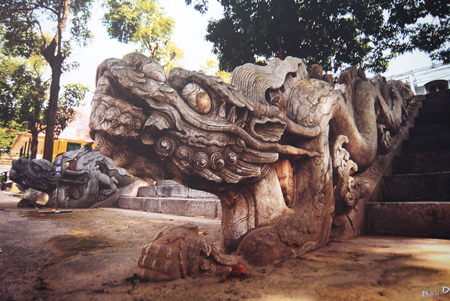 Stone dragon on the steps of Kinh Thien Palace - the center of Thang Long Imperial Citadel According to criterion number 3, the Central Area of Thang Long Imperial Citadel - Hanoi is the only evidence of the long-standing cultural tradition of the Vietnamese people in the Red River Delta throughout its 13-century history and is still continued to this day. The archaeological cultural layers, architectural and artistic relics of the heritage reflect a continuous historical chain of dynasties that ruled Vietnam in terms of ideology, politics, administration, law, economy and culture for nearly a thousand years. It is very rare in the world to find a heritage that demonstrates such a long-term continuity of political and cultural development as the Central Area of Thang Long Imperial Citadel - Hanoi. According to criterion number 6, the Central Area of Thang Long Imperial Citadel - Hanoi clearly demonstrates a heritage that is directly related to many important events in the history of a nation in Southeast Asia in regional and world relations. The nominated heritage is convincing evidence of the vitality and ability to revive a country after more than ten centuries of foreign domination. The nominated heritage also bears the mark of a colonial country's victory in the struggle against colonialism and for national independence, and has a wide influence on the national liberation movement in the world. Since 2006, with the close and close direction of the Central Government, the Government, the effective coordination of the Central Ministries, departments and branches, the high determination and efforts of Hanoi city, especially the enthusiastic, dedicated and responsible participation of domestic and international scientists, the Central Area of the Imperial Citadel of Thang Long - Hanoi has been protected, ranked as a special National Monument and a dossier has been prepared to propose UNESCO to recognize it as a World Cultural Heritage.
Stone dragon on the steps of Kinh Thien Palace - the center of Thang Long Imperial Citadel According to criterion number 3, the Central Area of Thang Long Imperial Citadel - Hanoi is the only evidence of the long-standing cultural tradition of the Vietnamese people in the Red River Delta throughout its 13-century history and is still continued to this day. The archaeological cultural layers, architectural and artistic relics of the heritage reflect a continuous historical chain of dynasties that ruled Vietnam in terms of ideology, politics, administration, law, economy and culture for nearly a thousand years. It is very rare in the world to find a heritage that demonstrates such a long-term continuity of political and cultural development as the Central Area of Thang Long Imperial Citadel - Hanoi. According to criterion number 6, the Central Area of Thang Long Imperial Citadel - Hanoi clearly demonstrates a heritage that is directly related to many important events in the history of a nation in Southeast Asia in regional and world relations. The nominated heritage is convincing evidence of the vitality and ability to revive a country after more than ten centuries of foreign domination. The nominated heritage also bears the mark of a colonial country's victory in the struggle against colonialism and for national independence, and has a wide influence on the national liberation movement in the world. Since 2006, with the close and close direction of the Central Government, the Government, the effective coordination of the Central Ministries, departments and branches, the high determination and efforts of Hanoi city, especially the enthusiastic, dedicated and responsible participation of domestic and international scientists, the Central Area of the Imperial Citadel of Thang Long - Hanoi has been protected, ranked as a special National Monument and a dossier has been prepared to propose UNESCO to recognize it as a World Cultural Heritage. 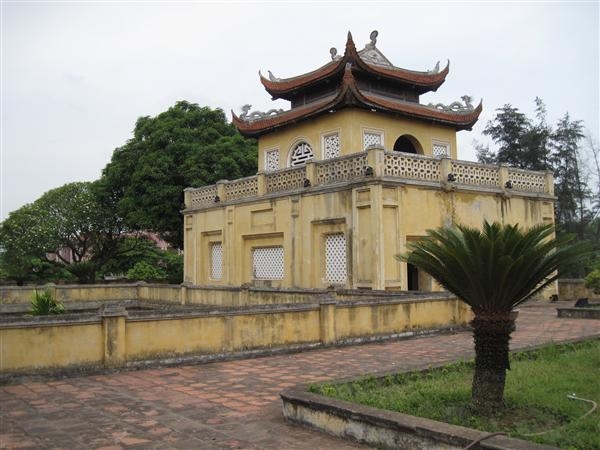
The above-ground and underground relics excavated in the Central Sector of the Imperial Citadel of Thang Long - Hanoi are outstanding evidence of the long-term cultural exchange process. In the photo: Doan Mon relic
The dossier was registered in September 2008 and officially submitted to UNESCO in January 2009. UNESCO conducted strict appraisal processes through the ICOMOS (International Council on Monuments and Sites) advisory body, and has now been recognized as a World Cultural Heritage by the World Heritage Committee consisting of 21 member countries. The recognition of the Central Sector of the Imperial Citadel of Thang Long - Hanoi as a World Cultural Heritage is an honor and pride for all Vietnamese people, a tribute to the ancestors who have contributed to the creation, construction and enrichment of the historical and cultural values of Thang Long - Hanoi with a thousand years of civilization, a priceless asset left for future generations, and also a potential and strength for the economic, cultural and social development of the Capital and the country. This also poses great tasks and responsibilities for Hanoi city in managing, preserving, embellishing and promoting the value of heritage. In the immediate future, it is necessary to focus on organizing well the reception of people and domestic and international tourists to visit the heritage on the occasion of the 1000th anniversary of Thang Long - Hanoi. Source: https://quochoi.vn/hoatdongcuaquochoi/cackyhopquochoi/quochoikhoaXIII/Pages/danh-sach-ky-hop.aspx?ItemID=7526&CategoryId=0


![[Photo] Flooding on the right side of the gate, entrance to Hue Citadel](https://vphoto.vietnam.vn/thumb/1200x675/vietnam/resource/IMAGE/2025/10/28/1761660788143_ndo_br_gen-h-z7165069467254-74c71c36d0cb396744b678cec80552f0-2-jpg.webp)

![[Photo] Draft documents of the 14th Party Congress reach people at the Commune Cultural Post Offices](https://vphoto.vietnam.vn/thumb/1200x675/vietnam/resource/IMAGE/2025/10/28/1761642182616_du-thao-tai-tinh-hung-yen-4070-5235-jpg.webp)
![[Photo] National Assembly Chairman Tran Thanh Man received a delegation of the Social Democratic Party of Germany](https://vphoto.vietnam.vn/thumb/1200x675/vietnam/resource/IMAGE/2025/10/28/1761652150406_ndo_br_cover-3345-jpg.webp)


















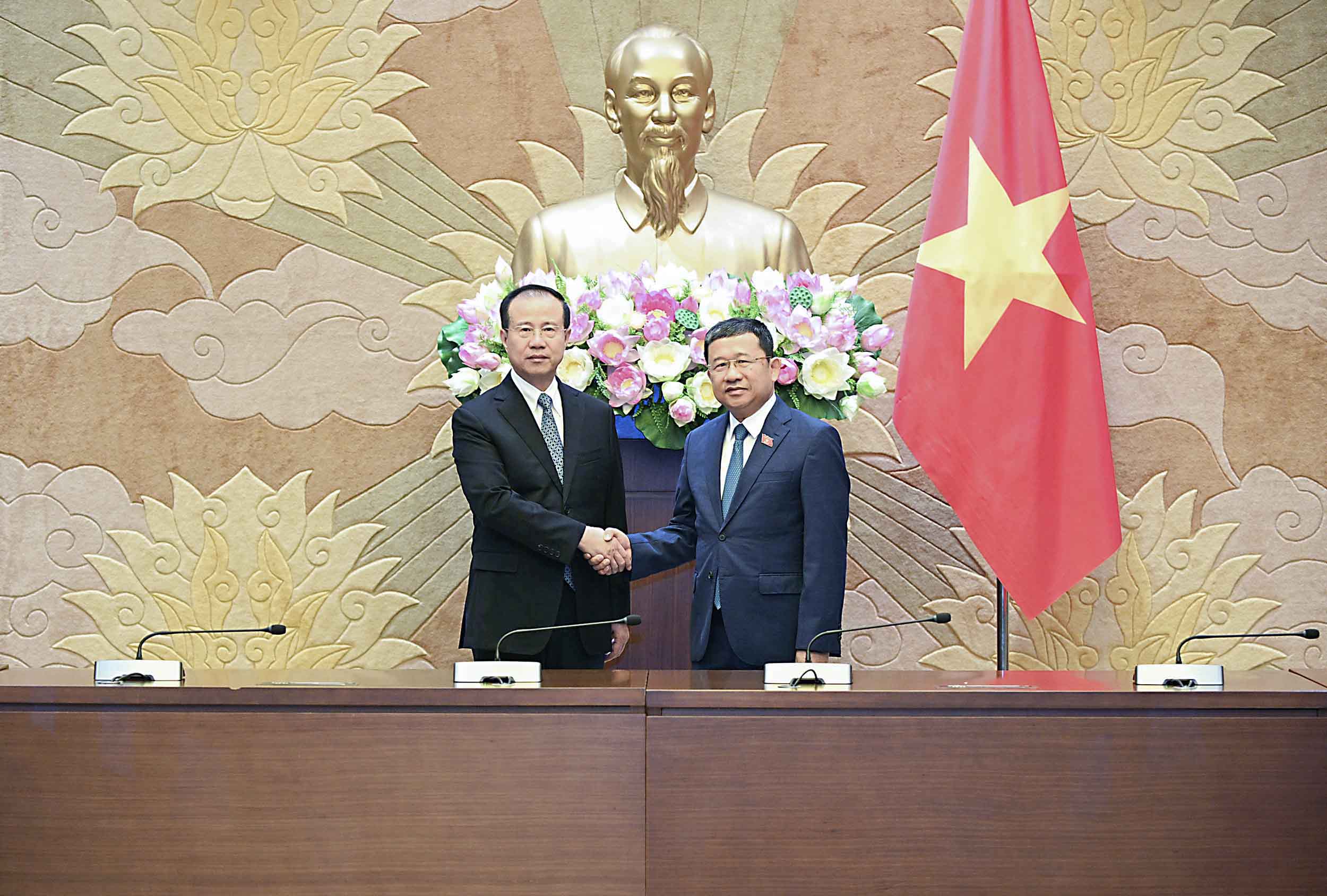





![[Photo] President Luong Cuong attends the 80th Anniversary of the Traditional Day of the Armed Forces of Military Region 3](https://vphoto.vietnam.vn/thumb/1200x675/vietnam/resource/IMAGE/2025/10/28/1761635584312_ndo_br_1-jpg.webp)

























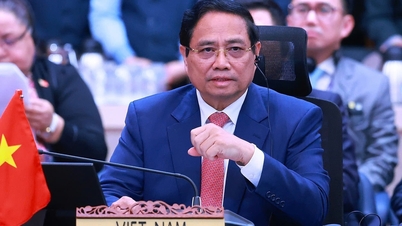


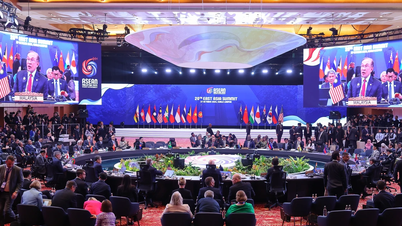


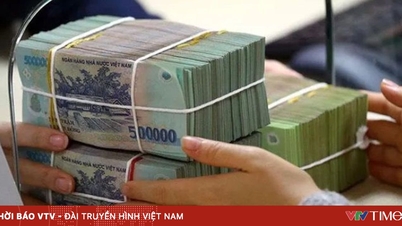

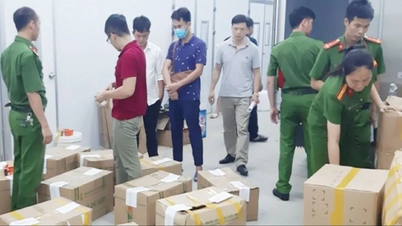

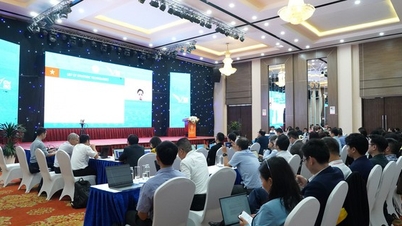

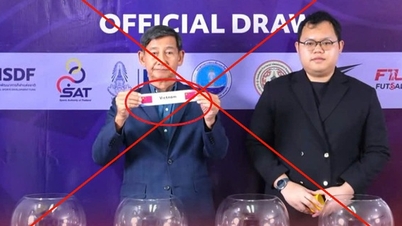

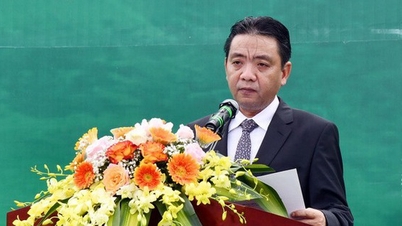
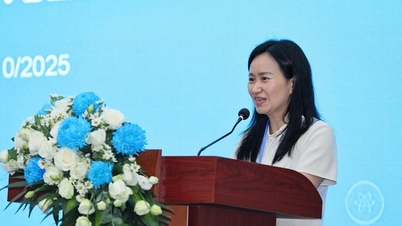
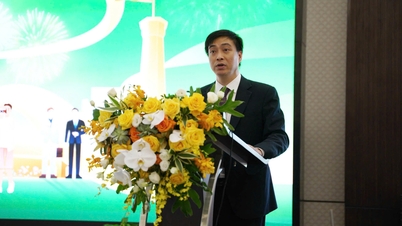


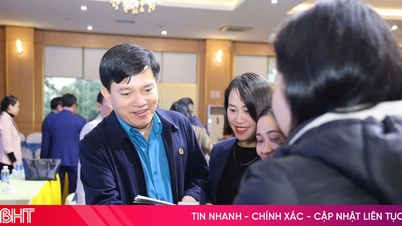



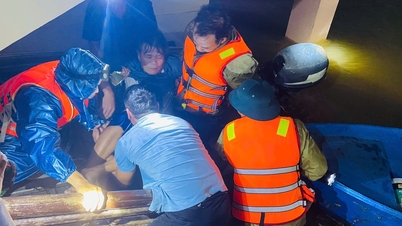





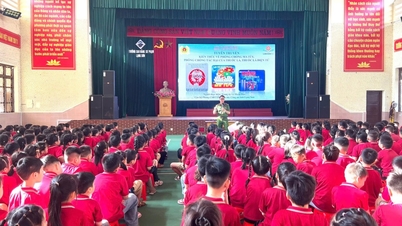















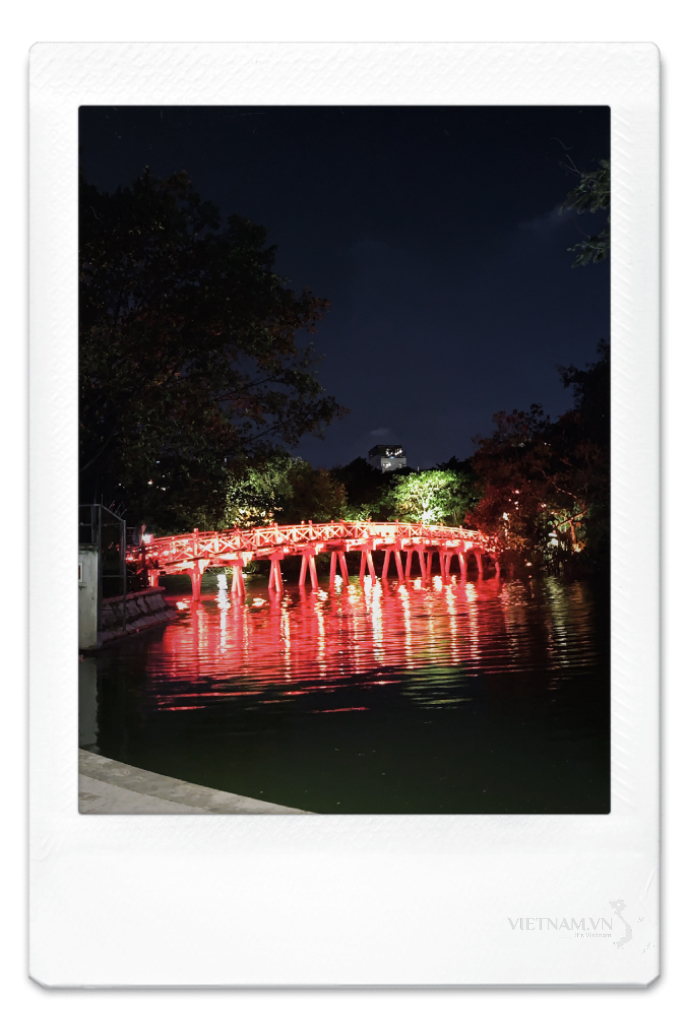
Comment (0)